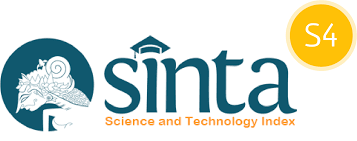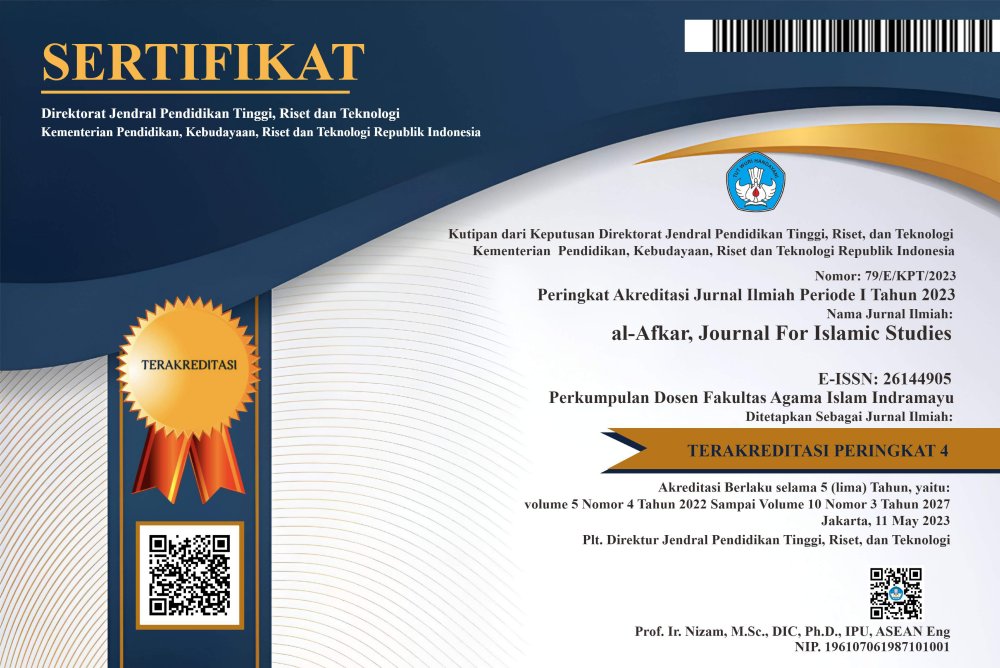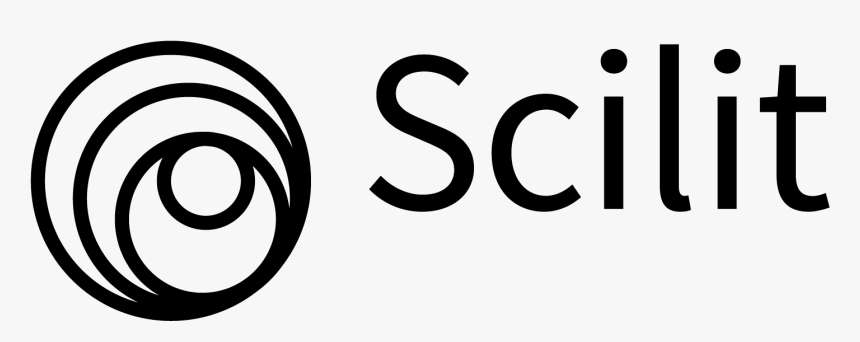Use of ICT (Information and Communication Technology) in Improving the Quality of Learning in Early Childhood
DOI:
https://doi.org/10.31943/afkarjournal.v7i3.1075Keywords:
Learning Media, ICT, Early ChildhoodAbstract
Utilization of ICT in learning is the teacher's effort to provide interesting and enjoyable learning. In early childhood, fun activities are needed to attract their interest in learning. Early age is a golden age during a child's development, this period is a phase where the child's growth develops very rapidly. Within this age range, education determines the child's next stage of development. The aim of this research is to determine the use of ICT as a learning medium for early childhood, where ICT is an interesting and enjoyable alternative learning medium that is of interest to children at Aisyiyah Bustanul Athfal II Kindergarten, Kupang City. This research uses qualitative research with case study design. This research focuses on the use of ICT as a learning medium at Aisyiyah Bustanul Athfal II Kindergarten, Kupang City. The findings from this research show that Aisyiyah Bustanul Athfal II Kindergarten students are very happy with the use of ICT as a learning medium, but the obstacle faced by schools is that there are some teachers who are not yet able to use ICT, but this obstacle can be minimized with the help of other teachers when learning.
Downloads
References
Abdoulaye, B., Rozy, Y. F., & Konate, A. S. (2023). MUHAMMAD IBN ABDUL WAHHAB’S PERSPECTIVE ABOUT THE VERSES OF THE QUR’AN REGARDING THE SCIENCE OF THEOLOGY. QiST: Journal of Quran and Tafseer Studies, 3(1), 57–74. https://doi.org/10.23917/qist.v3i1.2913
Abulmajd, A. (2023). WHAT IS THE MODEL OF MUSLIM RELATIONS WITH THE KAABA FROM THE PERSPECTIVE OF THE QUR’AN. QiST: Journal of Quran and Tafseer Studies, 3(1), 107–145. https://doi.org/10.23917/qist.v3i1.3583
Adam, A. (2023). Integrasi Media Dan Teknologi Dalam Pembelajaran Pendidikan Agama Islam. Amanah Ilmu IAIN Ternate, 3(1), 13–23.
AN, A. N., Suri, S., Akhyar, S., Amin, M., Hidayat, S., & Junaedi, D. (2023). Exploration of Wasatiyah Diction to Realize Sustainable Tolerance Between Religious Communities: A Study of the Translation of the Quran of the Ministry of Religious Affairs of The Republic of Indonesia. Journal of Law and Sustainable Development, 11(12), e2148. https://doi.org/10.55908/sdgs.v11i12.2148
Anshori, S. (2018). Pemanfaatan Teknologi Informasi Dan Komunikasi Sebagai Media Pembelajaran. Civic-Culture: Jurnal Ilmu Pendidikan PKn Dan Sosial Budaya, 9924, 88–100.
Ardiana, R. (2023). Implementasi Media Berbasis TIK untuk Pembelajaran Anak Usia Dini. Murhum : Jurnal Pendidikan Anak Usia Dini, 4(1), 103–111. https://doi.org/10.37985/murhum.v4i1.117
Arifin, Z., Hasan, M. R., & Haqqi, A. R. A. (2022). Qat’I and Zanni Debate From the Perspective of Qur’Anic Studies. QiST: Journal of Quran and Tafseer Studies, 2(1), 63–67. https://doi.org/10.23917/qist.v2i1.1248
Bøe, T. D., Bertelsen, B., Larsen, I. B., & Topor, A. (2021). A qualitative fallacy: Life trapped in interpretations and stories. Qualitative Research. https://doi.org/10.1177/14687941211041916
Fadli, N. (2023). CONTRIBUTION OF ACEHNESE SCHOLARS TO THE DEVELOPMENT OF QURANIC EXEGESIS IN INDONESIA: A STUDY OF TENGKU MUHAMMAD HASBI ASH-SHIDDIEQY AND HIS WORK “TAFSIR AN-NUUR.” QiST: Journal of Quran and Tafseer Studies, 3(1), 1–22. https://doi.org/10.23917/qist.v3i1.3381
Glynn, D. (2021). Qualitative Research Methods in Translation Theory. SAGE Open, 11(3). https://doi.org/10.1177/21582440211040795
Hamalik, O. (2005). Proses Belajar Mengajar. PT Bumi Aksara.
Haris Budiman. (2017). Peran Teknologi Informasi Dan Komunikasi Dalam Pendidikan. Al-Tadzkiyyah: Jurnal Pendidikan Islam, 8(1), 31–43.
Khairatunnisa. (2022). Implementasi Kurikulum Merdeka dalam Proses Pembelajaran Bahasa Berbasis Teknologi Informasi dan Komunikasi. Jurnal Pendidikan, 7(2), 94–99.
Marthoenis, M., Nirwana, A., & Fathiariani, L. (2019). Prevalence and determinants of posttraumatic stress in adolescents following an earthquake. Indian Journal of Psychiatry, 61(5), 526. https://doi.org/10.4103/psychiatry.IndianJPsychiatry_35_19
Parwanto, W., & Engku Alwi, E. A. Z. (2023). the Pattern of Sufism on Interpretation of Q.S. Al-Fatihah in the Tafsir Manuscript By M. Basiuni Imran Sambas, West Kalimantan. QiST: Journal of Quran and Tafseer Studies, 2(2), 163–179. https://doi.org/10.23917/qist.v2i2.1472
Renia Ardiana. (2022). Pembelajaran Berbasis Kecerdasan Majemuk dalam Pendidikan Anak Usia Dini. Murhum : Jurnal Pendidikan Anak Usia Dini, Vol.3 No.1.
Ridha, I., Zinah, M. M. A., Subhi, M., & Nasir, M. (2023). THE QUR’AN’S STATEMENT ABOUT THE ETIQUETTE OF DEALING WITH THE HOLY QUR’AN FROM SAYYID QUTB’S PERSPECTIVE IN HIS INTERPRETATION OF (ADH-DHILAL): AN ANALYTICAL STUDY. QiST: Journal of Quran and Tafseer Studies, 3(1), 40–56. https://doi.org/10.23917/qist.v3i1.2874
Robiansyah, D., Syah, B. L., Pasetyo, A. E., & Afandi, A. N. M. (2022). Excessive Lifestyle According To Al Munir Tafsir By Wahbah Az Zuhaili. QiST: Journal of Quran and Tafseer Studies, 2(1), 18–43. https://doi.org/10.23917/qist.v2i1.1278
Rochmah, N. H., & Munir, A. (2023). INTERPRETATION OF THE QURAN WITH A PHILANTROPHIC APPROACH (TAFSIR AT-TANWIR STUDY BY MAJELIS TARJIH DAN TAJDID PP MUHAMMADIYAH). QiST: Journal of Quran and Tafseer Studies, 2(3), 310–330. https://doi.org/10.23917/qist.v2i3.1903
Rohman, A., Mubaroka, B., & Butlam, Q. (2023). Methodology of Tafseer Al-Qurtubi: Sources, Styles and Manhaj. QiST: Journal of Quran and Tafseer Studies, 2(2), 180–202. https://doi.org/10.23917/qist.v2i2.1451
Romadhona, A., Apriantoro, M. S., & Rasyid, L. M. (2023). EXPLORING THE DISTINCTIVE FEATURES OF INDONESIAN TAFSIR AL-QURAN: A STUDY OF SHEIKH ABDUL LATIF SYAKUR’S AD-DA’WAH WA AL-IRSYĀD ILĀ SABĪLI AR-RASYĀD. QiST: Journal of Quran and Tafseer Studies, 3(1), 91–106. https://doi.org/10.23917/qist.v3i1.2912
Rozy, Y. F., Matsuyama, Y., & Sijamhodžić-Nadarević, D. (2023). THE DEVELOPMENT OF QUR’AN COMMENTATORS’ REQUIREMENTS: FROM THE AFFIRMATIVE ERA TO THE REFORMATIVE ERA. QiST: Journal of Quran and Tafseer Studies, 3(1), 75–90. https://doi.org/10.23917/qist.v3i1.2910
Saiin, A., & Karuok, M. (2022). the Concept of Sense in the Qur’an: Tazakkur, Nazara, and Tadabbur As the Basic Human Potential Towards a Superior Human Being. QiST: Journal of Quran and Tafseer Studies, 2(1), 44–62. https://doi.org/10.23917/qist.v2i1.1288
Saprudin, U., Junaedi, J., Kerwanto, K., & Anurogo, D. (2023). LIMITING THE NUMBER OF POLYGAMIES TO REALIZE ECONOMIC JUSTICE: A HERMENEUTIC ANALYSIS OF MUHAMMAD SYAHRUR. QiST: Journal of Quran and Tafseer Studies, 2(3), 347–368. https://doi.org/10.23917/qist.v2i3.2769
Sugiyono. (2016). Metode penelitian kuantitatif kualitatif dan R&D. Alfabeta.
Sule, M. M. (2023). RESPONSE TO MUSLIMS DA’WAH ACTIVITIES’ BY NON-MUSLIMS IN AKWANGA AND NASSARAWA EGGON LOCAL GOVERNMENT AREAS OF NASARAWA STATE, NIGERIA. QiST: Journal of Quran and Tafseer Studies, 3(1), 23–39. https://doi.org/10.23917/qist.v3i1.3110
Wahid, A., Ibrahim, M., Shomad, B. A., Nirwana AN, A., & Damanhuri, D. (2023). UTILIZING ZUHD HADITHS FOR UPPER-CLASS CRIME PREVENTION. Jurnal Ilmiah Islam Futura, 23(2), 263–282. https://doi.org/10.22373/jiif.v23i2.17353
Yahya, A. M., Hasan, M. A. K., & AN, A. N. (2022). Rights Protection Guarantee for the Partners of Indonesian Gojek Company according to Labour Laws no 13 of 2033 and Maqasid. Al-Manahij: Jurnal Kajian Hukum Islam, 16(1), 115–132. https://doi.org/10.24090/mnh.v16i1.6382
Downloads
Published
How to Cite
Issue
Section
License
Copyright (c) 2024 Rubiatin, Hakimuddin Salim, Muhammad Wildan Shihab

This work is licensed under a Creative Commons Attribution 4.0 International License.



















